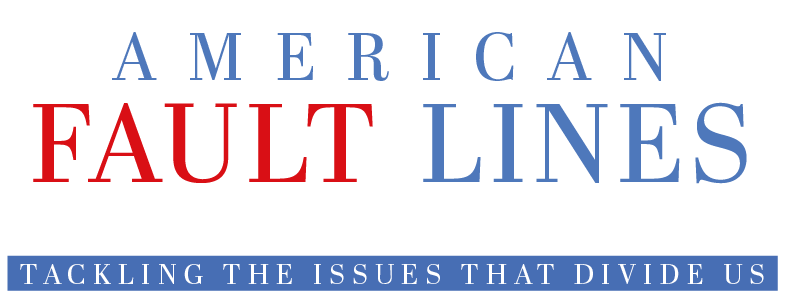Internet.com (May 30, 2001)
It claims to be "the best free Shockwave gaming site on the Internet."
Gamers clicking on candystand.com may indeed react like -- well, like a kid in a candy store. After all, it would be hard not to, since everywhere they look there is candy...even on the names of the games: Gummysavers Rock 'n Skate, Lifesavers Field Goal Challenge, Nabisco World Chess, and plenty of in-your-face branding for Lifesavers products.
The site is an example of one of the Internet's latest advertising-content hybrids, the so-called "advergame."
"People are starting to realize it's a much more effective way to advertise by embedding the brand in the gaming experience because that's what the users pays attention to," says Bill Pidgeon, an analyst with research firm Jupiter Media Metrix.
From Molson's virtual hockey league to the Web-wide mystery associated with the new film A.I.: Artificial Intelligence, these so-called "advergames" are quickly carving out a slice of the interactive budgets of advertisers. Particularly those targeting children and young adults.
"With kids, if you build a good game, you create a positive brand perception," says Jay Coalson, an account director at interactive agency Nine Dots, which recently launched the latest generation of Capncrunch.com for client Quaker Oats. "If you can simply establish the brand as being cool and relevant you've cleared a major, major hurdle."
It's all in the stats
But positive perception isn't the only thing game sites are giving advertisers. Capncrunch.com, for example, captures names and email addresses during registration, then tracks aggregate consumer behavior and product preferences -- though, the agency insists, individual names and emails are never used.
"One of the key elements of successful online marketing is initiating customer interaction and then building and leveraging databases for ongoing relationships. Gaming is one of the key portals to create these relationships," says Nine Dots president Andrew Shakman.
Forrester Research predicts advertising revenues from online gaming will reach $1 billion by 2005.
Not surprisingly, that has created an entire sub-culture of agencies that combine the marketing savvy of an advertising agency with the out-of-the-box fantasy life of the game developers.
"The challenge is to have the game idea melted with the characteristics of the brand you are trying to amalgamate to produce a game that makes sense for the product to be involved in and makes sense for the gamer," explains Tom Hostler, director of British design agency Deepend. The company develops 20 games a year for the Cartoon Network Europe and others for a variety of consumer products.
Deepend helped create one of the early examples of a cross-Web tie-in game for Coca-Cola's Tango drink. The game, aimed at the European market, was a downloadable Shockwave application that required players to log online periodically to obtains keys that allowed them to proceed to higher levels, and ultimately win big prizes -- including a date with a supermodel. The catch was that the keys were hidden in the web sites of advertising partners.
"It was hugely successful," Hostler recalls of the promotion, launched in early 2000. "With this kind of thing everybody wins: The brand that create the site wins, the partner brands win, and the players win."
Word-of-mouth speaks volumes
Such Internet-wide games also generate plenty of word-of-mouth, as Warner Brothers is discovering with its elaborate information-hunt tied to the upcoming movie "A.I.: Artificial Intelligence." The promotion has spawned a host of sites where players can trade clues.
"It's not unusual for some games to produce a viral compounding rating of 400 percent," reports Jane Chen, a strategy manager at KPE Interactive, which claims to have coined the term "advergames."
There is little data so far on the branding power of gaming, but most experts point to stickiness rates far higher than for other forms of advertising.
"It's very difficult to imagine anyone staring at a magazine ad or banner for three to eight minutes," observes Chen.
Adds Pidgeon of Jupiter Media Matrix: "People just play those games for a long period of time, so if you embed the exposure within the brand you're getting mindshare."
That kind of attention is responsible for the rapid deployment of brand-focused games. And it's not only kids they're after. From beer to basketball shoes, product marketers are latching on to games as the Next Big Thing.
A recent study by Harris Interactive and PERT Survey Research found that 40 percent of the Web sites of the companies surveyed offered games. The catch, however, was that only 12 percent of the consumers surveyed said they <I>wanted</I> games.
"There is going to be scrutiny on behalf of brand managers with large advertisers to make sure these initiatives are creating measurable value," predicts Shakman of Nine Dots. "That's going to take a lot of people into some soul searching. There will be a need for acquisition-oriented gaming that ties back to the source of [brand] authority."
Next Week: Games as an ad platform


